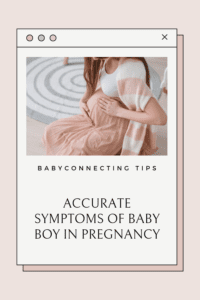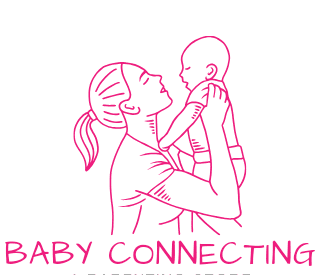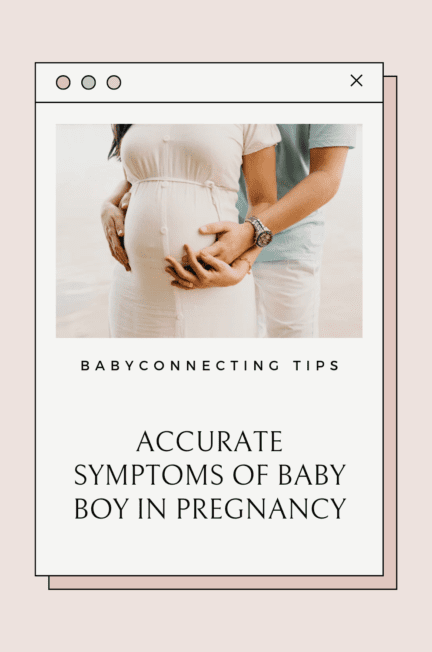Accurate symptoms of Baby boy in Pregnancy

The journey of pregnancy is often accompanied by a plethora of old wives’ tales and myths surrounding the gender of the baby. Amidst the excitement and anticipation, expectant parents may find themselves eagerly searching for clues that hint at whether they’re carrying a baby boy or a baby girl. While scientific evidence may be lacking, there are some commonly discussed symptoms that are believed to indicate the presence of a baby boy during pregnancy. Let’s explore these symptoms, along with real-life examples to shed light on this age-old curiosity.
1. Morning Sickness Variation:
It’s often suggested that the severity and frequency of morning sickness can differ based on the baby’s gender. Some believe that experiencing less severe morning sickness or even being completely free from it could be a sign of carrying a baby boy.
Example: Sarah, pregnant with her second child, noticed that she had minimal nausea and vomiting compared to her previous pregnancy with her daughter. This led her to entertain the idea that she might be carrying a baby boy this time around.
2. Cravings for Specific Foods:
Cravings during pregnancy are notorious for their unpredictability. According to folklore, craving salty or savory foods over sweet ones could indicate the presence of a baby boy.
Example: Rebecca found herself yearning for foods like cheeseburgers and french fries, which were a departure from her usual preference for sweets. She couldn’t help but wonder if her cravings were linked to the baby’s gender.
3. Carrying Position:
The way a pregnant woman carries her baby bump has long been scrutinized for clues about the baby’s gender. Some believe that carrying lower and more forward could suggest a baby boy.
Example: Emily noticed that her belly seemed to protrude more prominently in front of her, giving her a distinctive “basketball” shape. Friends and family members speculated that this could indicate a baby boy.
4. Heart Rate of the Fetus:
While not a definitive indicator, it’s been suggested that the fetal heart rate might differ based on the baby’s gender. A lower heart rate, below 140 beats per minute, is sometimes associated with carrying a baby boy.
Example: During a prenatal appointment, Jessica listened with anticipation as the doctor measured her baby’s heart rate. Upon hearing that it was around 130 beats per minute, she couldn’t help but wonder if it hinted at a baby boy.
5. Changes in Skin Condition:
Hormonal changes during pregnancy can manifest in various ways, including changes in the skin. Some believe that carrying a baby boy might result in less acne or skin blemishes.
Example: Megan, who had struggled with acne in the past, noticed that her skin seemed clearer and more radiant during her pregnancy. She jokingly wondered if it was a sign of carrying a baby boy.
6. Mother’s Intuition:
Perhaps the most subjective of all indicators is a mother’s intuition. Many women report having a strong sense or gut feeling about the gender of their baby, often long before it can be confirmed by medical means.
Example: Laura had a deep-seated intuition that she was carrying a baby boy, despite not experiencing any specific physical symptoms. She trusted her instincts and eagerly awaited confirmation.
While these symptoms and beliefs may add an element of intrigue and excitement to the pregnancy journey, it’s essential to approach them with a healthy dose of skepticism. Ultimately, the gender of the baby can only be reliably determined through medical methods such as ultrasound or genetic testing. Regardless of whether it’s a boy or a girl, the most important thing is the health and well-being of both the mother and the baby.




